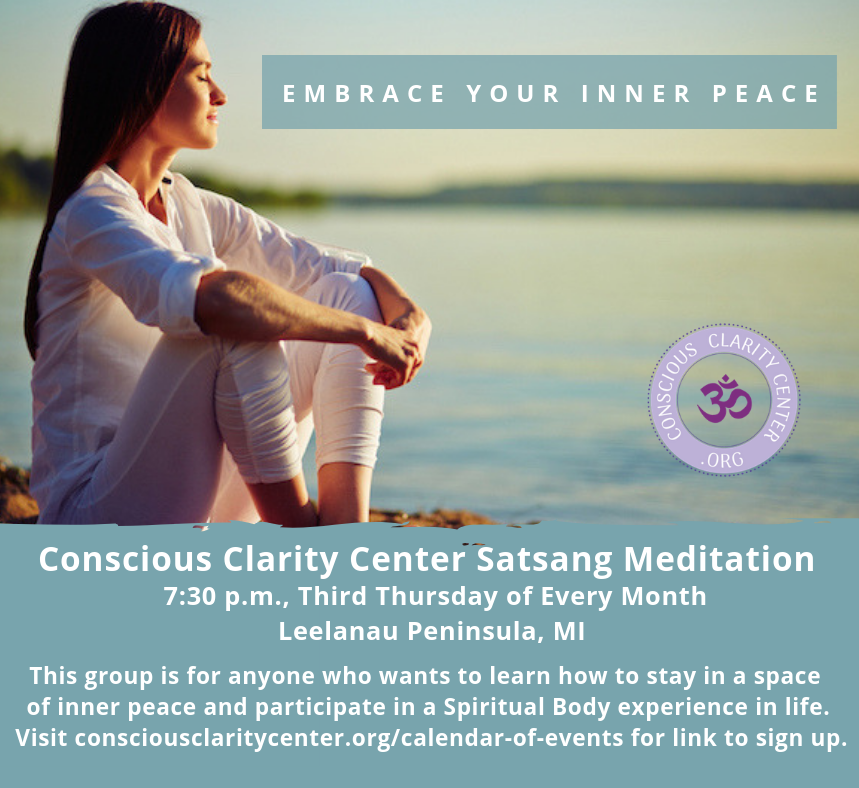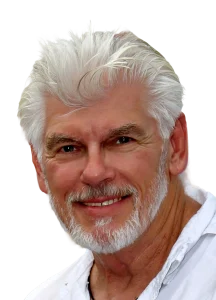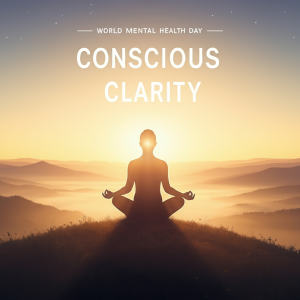Understanding – Everything is Perfect in an Insane World

Does the New Year feel overwhelming instead of inspiring? If you feel stuck, anxious, or tired of the constant noise, you are not alone. In this video, we introduce the concept that “Everything is Perfect in an Insane World.”
Discover how the Conscious Clarity Energy Process™ can help you shift from fear to love, allowing you to thrive through diversity rather than being drained by it. We’ll explore how aligning your energy across the Eight Categories of Life—from spiritual growth to financial freedom—is the key to unlocking your true potential this year.
It’s time to stop fighting the chaos and start finding your clarity.
Don’t just survive this year—thrive through it. Click the link now, Conscious Clarity Energy Process™ (← click) to start the in-depth series so you don’t miss the next step in your transformation.
Say, welcome home… to your true self and Consciously Embrace Your True Personality!

 Thanksgiving often arrives with a checklist. We worry about the turkey being moist, the house being spotless, and the conversation staying polite. We stress over Black Friday deals and focus intently on what we have acquired over the last year. This is the holiday through the lens of the ego—a performance of abundance rather than an experience of it.
Thanksgiving often arrives with a checklist. We worry about the turkey being moist, the house being spotless, and the conversation staying polite. We stress over Black Friday deals and focus intently on what we have acquired over the last year. This is the holiday through the lens of the ego—a performance of abundance rather than an experience of it.
 Most society views Veterans Day as a time to honor those who have served. Veterans are brought to the forefront of our consciousness for only one day a year. We reflect upon the heroism of those who sacrificed their life so that the mass consciousness may experience freedom. However, this celebration does little to address the reality of what the day means to the actual Veteran. The horror of war stays with a Veteran for a lifetime, not just one day.
Most society views Veterans Day as a time to honor those who have served. Veterans are brought to the forefront of our consciousness for only one day a year. We reflect upon the heroism of those who sacrificed their life so that the mass consciousness may experience freedom. However, this celebration does little to address the reality of what the day means to the actual Veteran. The horror of war stays with a Veteran for a lifetime, not just one day. Today’s Trends
Today’s Trends The landscape of personal growth is undergoing a profound transformation, guided by the values and preferences of its newest and most engaged participants: Millennials and Gen Z. These generations are not just consuming self-help content; they are fundamentally reshaping it. Moving beyond traditional formats and surface-level advice, they seek authentic, accessible, and holistic paths to well-being. Their journey is digital, their focus is on mental and emotional health, and their quest often leads them toward deeper spiritual understanding.
The landscape of personal growth is undergoing a profound transformation, guided by the values and preferences of its newest and most engaged participants: Millennials and Gen Z. These generations are not just consuming self-help content; they are fundamentally reshaping it. Moving beyond traditional formats and surface-level advice, they seek authentic, accessible, and holistic paths to well-being. Their journey is digital, their focus is on mental and emotional health, and their quest often leads them toward deeper spiritual understanding. As we observe World Mental Health Day on Friday, October 10, 2025, it’s a time for reflection not just on the state of our collective mental well-being, but on the very foundation of how we perceive and interact with our inner worlds. This day invites us to look beyond surface-level solutions and explore a deeper, more profound path to healing. This path is one of Conscious Clarity—a journey from the dense, fear-based communication of the third dimension to the heart-centered awareness of the fourth dimension.
As we observe World Mental Health Day on Friday, October 10, 2025, it’s a time for reflection not just on the state of our collective mental well-being, but on the very foundation of how we perceive and interact with our inner worlds. This day invites us to look beyond surface-level solutions and explore a deeper, more profound path to healing. This path is one of Conscious Clarity—a journey from the dense, fear-based communication of the third dimension to the heart-centered awareness of the fourth dimension.